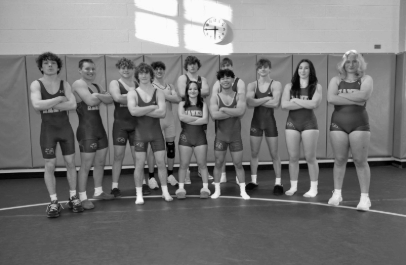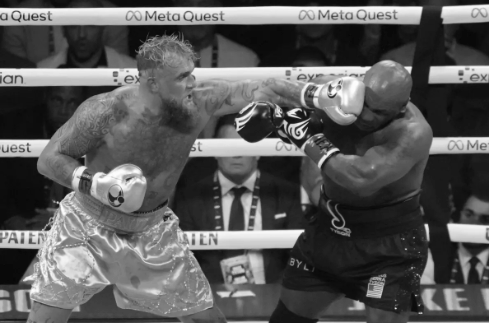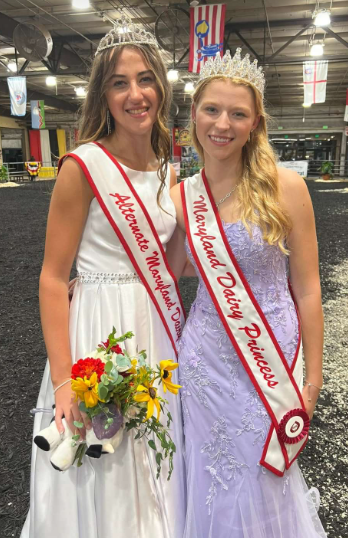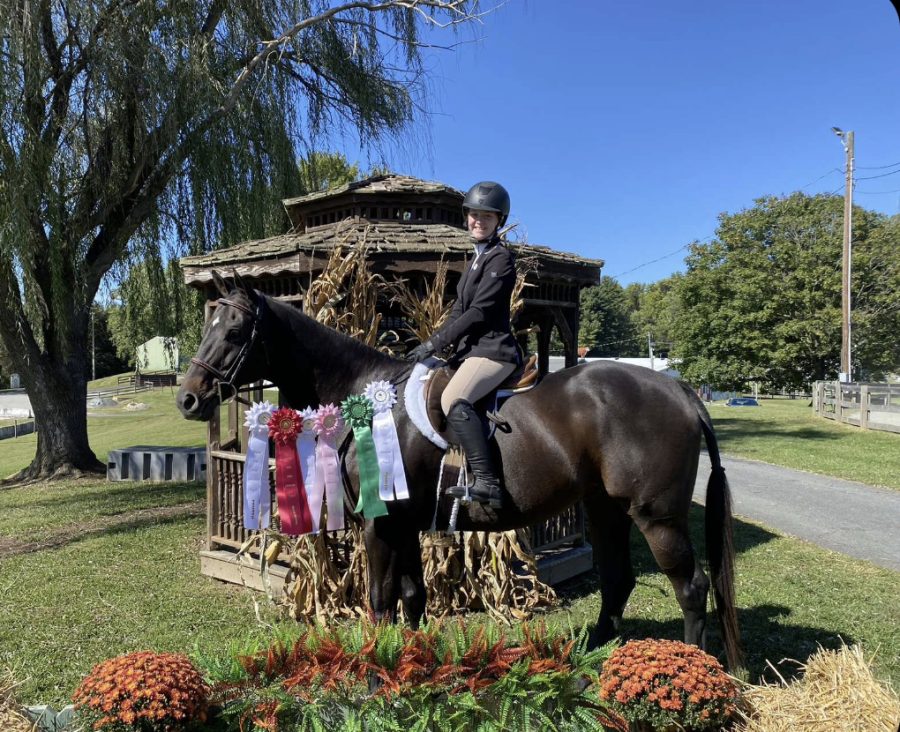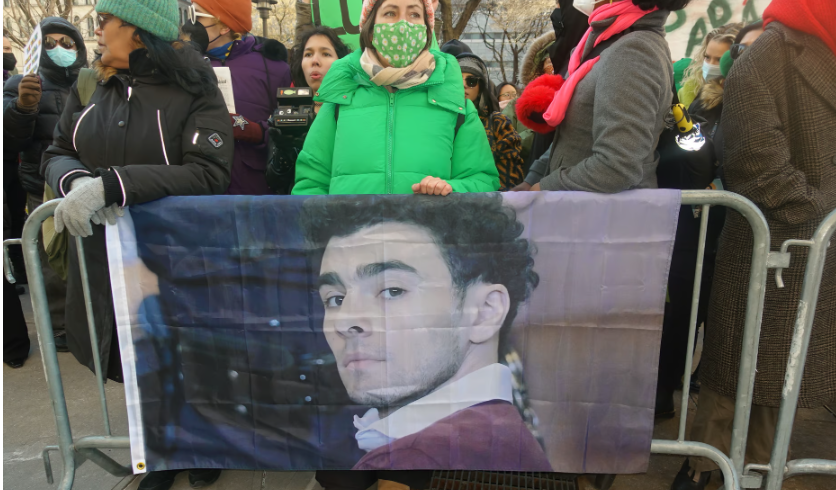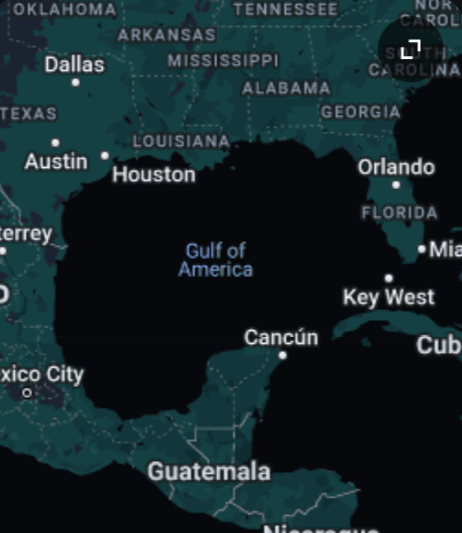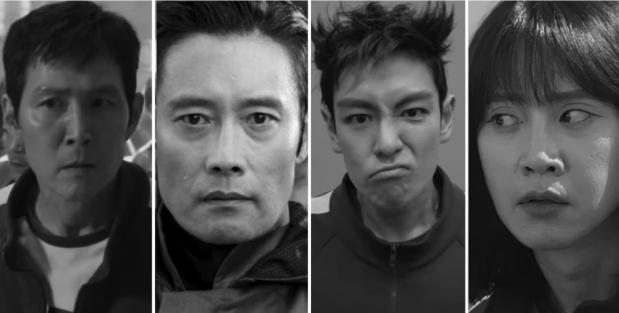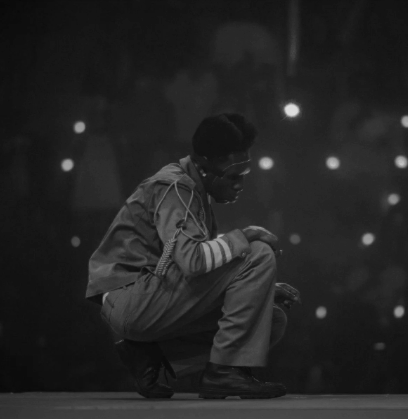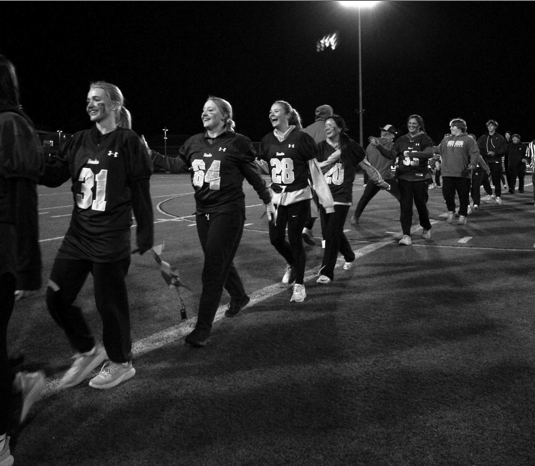The varsity swimming team has started their season with the first meets of the season, the first one losing only by three points, and another on Dec. 13, winning by over 60 points. The meet on Dec. 16 saw the Hawks win in both categories – 70-18 in womens and 36-26 in mens. In total, the combined score was 106–44.
Competitive swimming is judged in two separate categories: women’s and men’s competitions for themselves, and also for the team. Overall, swimming is an individual sport; even when watching an event, spectators mainly follow one person, not the team as a whole. However, swimming is a team sport, just not one that is as straightforward as others like soccer or basketball.
Inside a swim meet swimmers compete in individual events as part of a team. According to the blog My Swim Pro, the place a swimmer finishes scores points for them, which contributes to their team’s overall score. In swimming, everyone’s performance matters, and it isn’t just about medals for the top three finishers. In a meet, points are based on their place in each of their events, with first place getting the most points and then slowly decreasing as it goes down.
Taking a deeper look, the different types of races and strokes a swimmer can compete varies widely. The best relation to this is how you have different positions in sports like center forward or defensive midfielder. Swimmers have strokes and races they are best at and therefore compete in the majority of times.
There are four main strokes: Freestyle is the most common, and then there’s backstroke, breaststroke, and butterfly, which tend to be the most challenging. Junior Ava Sealy has been swimming for nine years and says that her favorite strokes to swim are “freestyle and butterfly.”
There are different lengths of races swimmers can compete for each stroke with freestyle being the most versatile. The length one swimmer can compete in can go anywhere from 50 yards to 500 yards; 50, 100, 200, and 500 are the most common race lengths for individual events. Sealy shares that her favorite race is “the 50 free because it can take less than 30 seconds to swim.” Sealy also swims the 500, which can have times from five to seven minutes of non-stop swimming.
There are also relays in swimming, where the team aspect comes out. Four members of a team relay to try to be the first to finish. In these, swimmers can even mix stroke types, which is called a medley relay, starting with backstroke, breaststroke, fly, and finally freestyle. The other types of relays are mainly freestyle with the length of each one in total being 200 or 400. Sealy mentions that the hardest thing about swimming is the fact that “you have to use so many of your muscles but do it all without breathing.”
The length of the pool is also important, and that changes when swimmers get to a professional level. High School teams compete in 25-yard pools making two laps totaling 50 yards total and bringing you back to where you started. This means a 100 is four laps in total and a 500 is 20. Olympic swimming pools are already 50 meters long, making two laps already 100 yards.
Sealy says the team’s strong suit is “having good sportsmanship and cheering and being there for each other.” Sealy also added that her favorite part about swimming so far is the amount of team bonding they already have. “This team feels like a really good one; everyone is supporting each other and is lifting each other up.”



